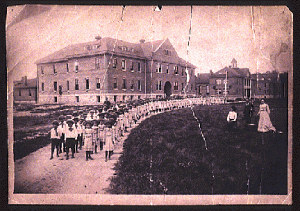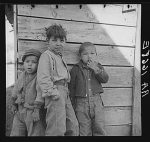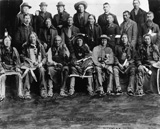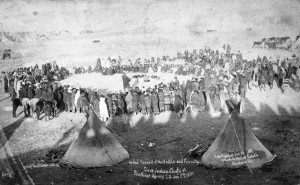1910, this first decade of the new century, came in the middle of the Progressive Era. Reformers fought to limit child labor, break up monopolies, and help working men earn a fair wage.
The Indian Bureau tried to make a few strides, as well. It began inspecting homes on reservations, beginning with the White Earth Reservation in Minnesota.* Two special physicians visited more than 200 homes and examined 1,266 people. Of this number, 690 had trachoma and 164 had some form of tuberculosis. This dismaying state of affairs undoubtedly played out on most other reservations.
The Indian Bureau’s medical supervisor pushed to have schools inspected for sanitation, hygiene, and ventilation. Three reservations with a high number of day schools (Cheyenne River, Pine Ridge, and Rosebud) had a physician assigned to them. He made regular visits to check on the health of pupils and inspect the schools.
*Statistics are taken from the 1910 “Report of the Commissioner of Indian Affairs to the Secretary of the Interior.” (Fiscal year ending June 30, 1910).
________________________________________________________




